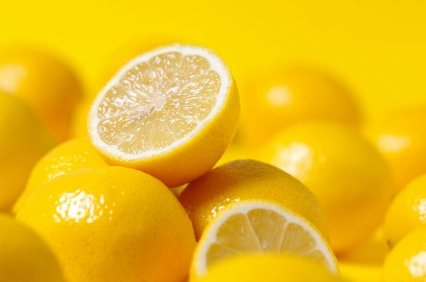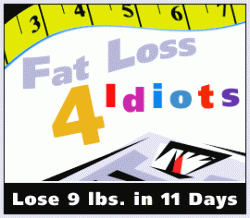What exactly is this wonder carb—and where can I find it?
Credit RS's awesomeness to its bipolar nature as both a starch and a fiber. While RS has the chemical structure of starch, it also acts like a fiber, passing through to the colon without being digested. Our bodies can't convert RS into energy, so it has fewer calories than normal starch. It's found naturally in foods like lentils, black beans, kidney beans, green peas, oats, barley, green bananas, and certain strains of corn. Food manufacturers have also developed industrialized, chemical processes to convert normal starches, like wheat, into RS.
Can it really help me lose weight?

The science seems to suggest so. In several animal studies, RS-enriched diets slashed total body fat by anywhere from 8% to 45%—and those losses often came from visceral fat, the more dangerous type that surrounds internal organs. One notable study in people found that those who got about 5% of their daily carbs from RS increased lipid metabolism, or fat burn, by 20% to 25%. RS has also been shown to lower post-meal spikes of insulin, a hormone that spurs the body to store fat instead of burning it. Finally, several trials have discovered that eating RS leads to less hunger throughout the day, with some study participants eating up to 300 fewer calories daily after consuming RS. Researchers speculate that, when RS ferments in the colon, it affects the release of hormones that send fullness signals to the brain.
Ok, but if RS is so great, why isn't everyone making packaged foods out of it?
For starters, RS ingredients can cost up to six times more than standard ones, says David Holzer, CEO of Fiber Gourmet, a company that makes low-cal pasta, crackers, and other snacks enriched with RS. A big part of it also comes down to taste. When high concentrations of manufactured RS are added to products like breads and desserts, they often turn out denser, harder, darker, and grainier than their regular counterparts. In short, it requires some intense finagling by manufacturers to turn out palatable products with high enough concentrations of RS to justify the jump in price. But if more companies start doing it, the results will be revolutionary: "If you really have foods with half the calories and the same taste, that's not going away," says Holzer. "That's not a fad. It's a no-brainer."
Then again, some researchers we spoke with say that RS still isn't ready for primetime, since no long-term human studies of RS have been conducted to date.
How can I eat more RS?

The best way is probably to create the starch in your kitchen by transforming your highly digestible starches like pasta, rice, and potatoes into RS powerhouses. All you have to do is cook them and let them cool before serving, as the temperature change causes the some of the food's highly digestible starch to convert into RS. One important note: most research shows that low-and-slow cooking methods, like simmering or roasting, create more RS than fast and powerful methods like microwaving. Unfortunately, there's no standardized recipe or method to follow—some studies say foods need to sit overnight in the fridge, others say it takes only a few minutes of cooling on the counter. But any amount of cooling seems to create at least some RS (unless you want to hire a food scientist to run tests on your pasta salad, unfortunately, there's no way to know for sure).
How much RS should I eat if I want to lose weight?
We asked the same question of David Feder, RD, author of The Skinny Carbs Diet, a cookbook featuring RS-heavy recipes. In short, he recommends trying to consume at least 10 grams per day, an amount you can get from ½ cup chickpeas plus 1 cup cooked and cooled pasta, according to his book. To date, there's still no all-inclusive, public resource that shows how much RS you can get from any given food, though this list from the Commonwealth Scientific and Industrial Research Organization (CSIRO), a leading RS research hub, offers a decent overview. CSIRO experts suggest eating up to 20 grams of RS daily, though many human trials testing the health effects of RS used doses around 40 or 50 grams per day. Most sources also recommend incorporating RS slowly to avoid digestive upsets like gas.
MORE: 5 Easy Dinners That'll Help You Lose 5 Pounds
What about eating packaged foods enriched with RS?
You can also try brands like Fiber Gourmet (we're addicted to their crackers) and Thin Slim Foods: With their rock-bottom calorie counts, they're ideal for those who can't seem to open a box of crackers without finishing it in the same sitting (writer guilty as charged). You can even buy RS in bulk—Bob's Red Mill and King Arthur sell potato and corn flours with high RS counts, which some devotees use in homemade baked goods or even smoothies. But most experts we interviewed say that if you're eating a variety of whole grains and starchy plant foods already, there's likely no need to seek out additional sources. All the more reason to start eating carbs again—and embrace that cooked-then-cooled potato salad in your fridge as your new best friend.





